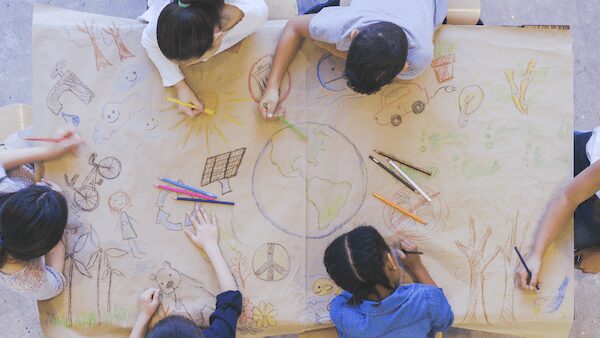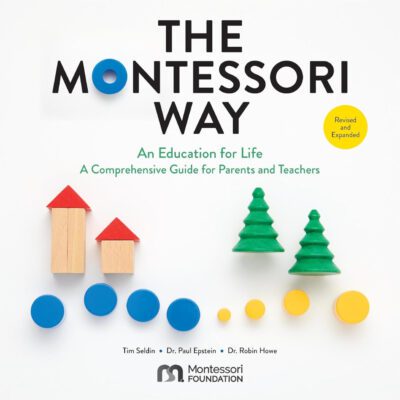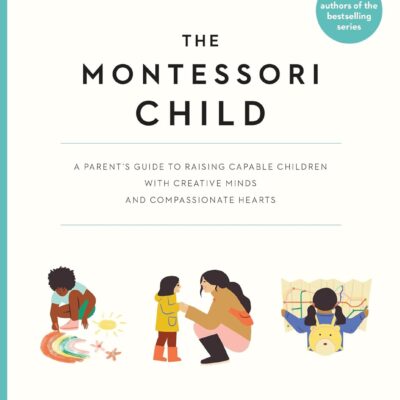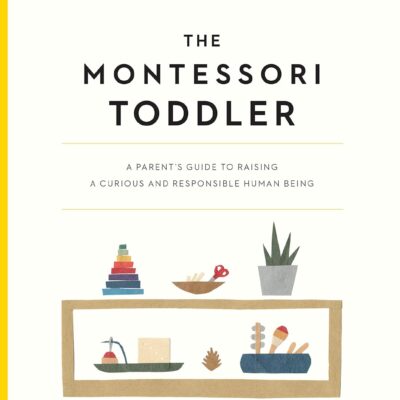 Montessori is an education centered around peace. How do we help students spend a lifetime, not only accepting and sharing peace, but also feeling secure in the idea that, what is ‘different’ from them and their understanding is interesting and exciting rather than weird or wrong? Communities that are different from their own community can be found next door, a few streets over, or countries or continents away. Finding comfort with even a few of the noticeable differences can help us take notice of these differences as an exciting opportunity. It is said that travel is the best education, and as we have the ability to bring the world to our children through what is offered in the classroom and our homes.
Montessori is an education centered around peace. How do we help students spend a lifetime, not only accepting and sharing peace, but also feeling secure in the idea that, what is ‘different’ from them and their understanding is interesting and exciting rather than weird or wrong? Communities that are different from their own community can be found next door, a few streets over, or countries or continents away. Finding comfort with even a few of the noticeable differences can help us take notice of these differences as an exciting opportunity. It is said that travel is the best education, and as we have the ability to bring the world to our children through what is offered in the classroom and our homes.
Dr. Cindy Acker stated, in a September 1, 2021 Montessori Foundation Town Hall: “A diverse population isn’t where we want to go, it’s a starting point maybe, but where we want to get to is an inclusive environment, where everybody feels that they have a place, and their place is no less than or no more than someone else’s place. Tim Seldin (President of the Montessori Foundation) often talks about a circle of equals, and we want children to have that lens about each other and the communities that they will encounter when they leave us. That’s the legacy that we will leave for them.” How do we, especially if our community is not as diverse as we would like, help offer this lens of a circle of equals?
Within both the Montessori classroom and the home, the sensorial area and cultural studies provide many opportunities to introduce these communities’ children to what they may encounter when they leave Montessori. Sensorial, the development of the senses, focuses on comparisons of size, color, texture, weight, taste, smell, and sound. If you enter a new environment, or even think about a new environment, these concepts are how you would explain and experience it. With some research and thought, sensorial items from around the globe can be shared in class or in the home, with no special Montessori materials needed.
Sharing food is a window into a different culture. Before traveling some place that she felt would bombard her senses with different experiences, my mother would search for a restaurant serving food from the area she was planning to visit. For her, this let her have a bit of what she would be experiencing in her travels; she was developing her senses to prepare herself for a new community. Searching out different types of restaurants can help your child try different foods, utensils, and decor. Cooking with recipes from different communities gives a chance to experience even more deeply. Take the time to smell the spices used and compare them with spices you use with greater regularity. How is the dish traditionally served? What fruits and vegetables are local to the community that are included in the recipe? What utensils are used to eat the dish when it is served in the community?
Comparing textiles from a particular region can support sensorial understanding of an area different from the one you are currently living in. Fabric matching with different types of materials, colors, or patterns of fabric can familiarize the eye to particular styles. Stories of how the fabric is made, or was made, can also provide connection and understanding of communities in a variety of areas. Different fabrics are used in a variety of ways; some may be used as head coverings; there are fabrics that are typically used for clothing (even different fabrics for bottoms and tops); and there are fabrics used around the house as table or furniture coverings. Exploring fabric from a variety of continents or countries can lead to further discussion and understanding of the natural resources of the area, temperatures in the area, stories told in textiles, and clothing styles.
Color comparison is an important part of sensorial work at school and at home. Making the effort to add colored pencils, crayons, and paint that allows students to draw humans with a variety of skin colors offers a way to represent all students in the class, family members, and their current and future communities. Gathering art materials that make creating different skin tones easy for children is one of the simplest ways to encourage the creation of a variety of communities by your young artist. Packages of world skin-toned colored pencils, crayons, and paint are available by several companies.
Music and musical instruments invite discrimination of sound and allows inquiry into the different materials and shapes used for the instrument’s native to a region. Creating a playlist of regional folk or contemporary music lets you hear the language(s) spoken in that area, as well as hearing a variety of instruments. Children could try to learn songs, play along on an instrument, listen for a particular instrument, or simply enjoy music that they have not heard before. Exploring simple instruments, such as styles of drums and handheld instruments, allows children to try to recreate the music they hear and examine the materials and shapes of the instruments.

The large Puzzle Maps seen in most Montessori classrooms, along with the Land and Water Forms are part of the sensorial area; geography is learned by shape, size, comparison, and connection before it is learned by name. Connecting the names of countries to continents and location on the globe helps provide a ‘hook’ for specific information learned later. Knowing that a country is very far north, or very close to the equator, helps organize why certain food items are specialties there, or why specific styles of clothing are worn. Exploring types of trees or flowers through pictures (or even sanded pieces of wood) can offer insight into different parts of the world. Looking at the shapes of leaves on native trees can provide insight to similarities and differences in biomes. Exploring geography and science sensorially helps us understand the differences in natural elements in various regions of the world; it can help us appreciate the positives of these differences, without judgment or comparison.
Using the lens of the Fundamental Needs of Humans to learn about societies allows students, and adults, to see that all civilizations need to meet the same needs and use their available resources to do so. One can easily envision that a community in a rainforest and a community in the desert would meet the same common needs of clothing and transportation in different ways. In the previously mentioned Montessori Foundation Town Hall, Dr. Cindy Acker said, “…the lens we want to hold is one of unifying, one of destigmatizing, one of inclusivity, not just diversity.” Bringing different communities of the world to our sensorial and cultural studies, at school and at home, gives us a tool to find and use the lens of global understanding.
We have the ability to bring the world to our children through what is offered in the classroom and our homes.
This article is an outcome of a Montessori Foundation Town Hall gathering and is built, with great thanks, on the work done by Dr. Cindy Acker and Sarah Levalley for that Town Hall. Their preparation and clear explanation, as always, allow the rest of us to build upon that knowledge, use it in our lives and classrooms, and to share the ideas and knowledge with others.
Cheryl Allen is the Associate Coordinator of the Montessori Foundation Family Network and is also a parenting educator and a Montessori consultant with the Montessori Foundation. Cheryl attended Montessori school as a child. After some time as a traditional Secondary teacher, she worked in Montessori classrooms, 3-6, 6-9, and 9-12, earning certifications from both AMS (3-6 and 6-9) and IMC (6-12). She is a teacher educator, workshop presenter, and member of IMC accreditation teams. Cheryl’s two children attended Montessori from age two through high school graduation.








